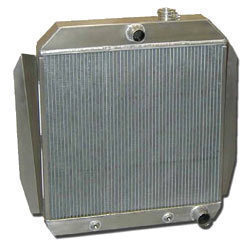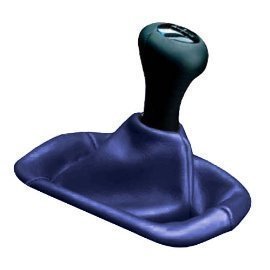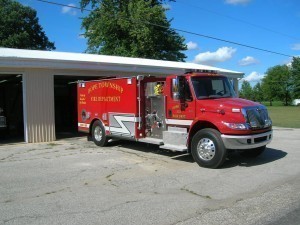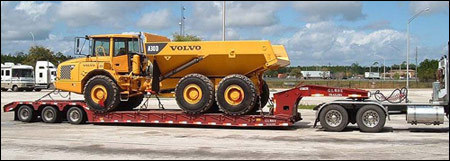Radiator Sizes
Car radiator sizes vary depending on the manufacturer.  The core size for some cars is 27-11/16 X 18- 3 inches, but other radiators may measure 28.4 inches x 17.2 inches x 4.85 inches. But even if the dimensions vary, the function of the radiator is basically the same.
The core size for some cars is 27-11/16 X 18- 3 inches, but other radiators may measure 28.4 inches x 17.2 inches x 4.85 inches. But even if the dimensions vary, the function of the radiator is basically the same.
What is the Car Radiator for?
The radiator is designed to protect the internal combustion engine of the car. The engine has several components. Friction is produced when movement occurs.
Friction generates heat. All engine blocks have motor oil pumping through them. This can produce lubrication, but it cannot get rid of all the extra heat. This makes the car engine extremely hot when it runs.
Whatever the car radiator size is, its role is to keep the engine block from overheating and excessive friction. If the friction is excessive, the pistons will not be able to move inside the cylinders. These will snap and lead to engine failure.
Preventing Engine Failure
To keep this from happening, anti-freeze and water are combined. This is pumped in the engine chamber blocks. This will soak in the extra heat and keep it away from the important components. After this coolant departs from the engine block, it comes to the radiator via a rubber hose.
The radiator is designed for maximizing the surface area. This is made possible via numerous inner folds and chambers. As the engine coolant travels through these areas, the excessive heat is taken out by way of the radiator walls.
Fans and Other Information
In some cases, a belt-driven or electric fan may be used so cooler air gets into the radiator. This will help cool the car down. As the vehicle moves, the radiator’s front will be cooled by the air emanating from the grill.
When the heated engine coolant has returned to the radiator chambers, it will have cooled down enough to get back to the engine block. But if the coolant movement is limited by fluid loss, the block will not cool.
That is why a full coolant level is necessary. A car radiator does not have electronic components; there are sensors that determine the coolant’s temperature as it moves away from the radiator.
No matter what the car radiator size is, make sure that it is in full working order. A broken radiator may cause the car temperature to reach hazardous levels. Inspect the radiator regularly and replace it when necessary.





